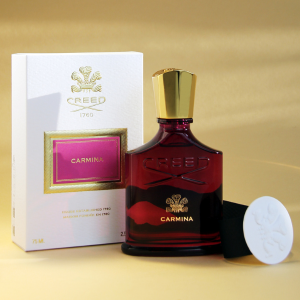Modern: Bare Art
By Jo Phillips
Modern art is complicated. For a lot of people a conversation about modern art is a kind of a taboo (yes, along with politics and religion) because there are always some individuals who would eagerly defend it and some who would argue that their 5-year-old child is perfectly able to create such ‘art’. You might be the one who loves it or the one who hates it, but one thing is obvious – modern art is very controversial. First of all, it is the truth because the society’s reaction to modern art is so unbalanced, second of all, because it is so uncompromising and sometimes even extremists.
Nudity has always been present in art; and it has been presented in different eras and techniques. Despite its long presence, no doubts, it is still considered controversial. Nudity is still such a delicate subject to cover. In order to appreciate nudity in art one has to learn to suspend any erotic desire. Only when the naked human body is considered as an abstract design, comes the contemplation.
However, nudity is not always presented in a beautiful way. Especially, in modern art. Many artists of the 20th and 21st century are presenting nudity, human bodies and the whole question of censorship in a completely different angle than their predecessors. Naked bodies should not be seen as desirable objects; there should not be any set ideals and images because all shapes and forms are beautiful; notions of ‘masculine’ and ‘feminine’ beauty should not be clearly separated.
Alexis Hunter, who is known as a painter today, exhibited her photographs of a nude man splattered with ink by a feminine hand in 1978 in Belfast. She focused on female subjectivity, therefore, she ‘chopped off’ the man’s head in order to make him as objectified as any women in a fashion magazine or an ad.
Littlewhitehead, Craig Little and Blake Whitehead, are a famous duo from Scotland. In 2012 they created a character they called The Overman – a middle aged bearded man with the torso (naked) of a child. He now has his own online diary. The Overman is the artists’ reaction to the 21st century’s obsession with social media and its idealized identities.
Another recent reaction to the world of social media is a series of photographs called EMOJI made by Stephanie Wilson. Lately, emojis, world’s famous smileys, are being used as a way to censor things on Instagram and other major social media platforms. For example, fruits emojis are cover ups for female nipples, bums and genitals. The artist tries to show the absurdity of using emojis as censorship.
Gianfranco Briceño from Brazil started a project called Snaps Fanzine. The photographer hopes to show it to the world, that it is not all about a mainstream macho image. He takes pictures of non-model guys he saw online or in real life. This series of photos aims to help challenge expectations of male sexuality.
Jamie Fitzpatrick, London-based artist, is creating the sculptures that intent to undermine the relevance of the figure and patriarchal depictions of masculinity and nationhood. He is making his characters looking absurd and dumb.
Jamie’s ambitious solo exhibition (loudly) chomp, chomp, chomp has started on 2 of February in VITRINE gallery and will be on till the 26 of March.










